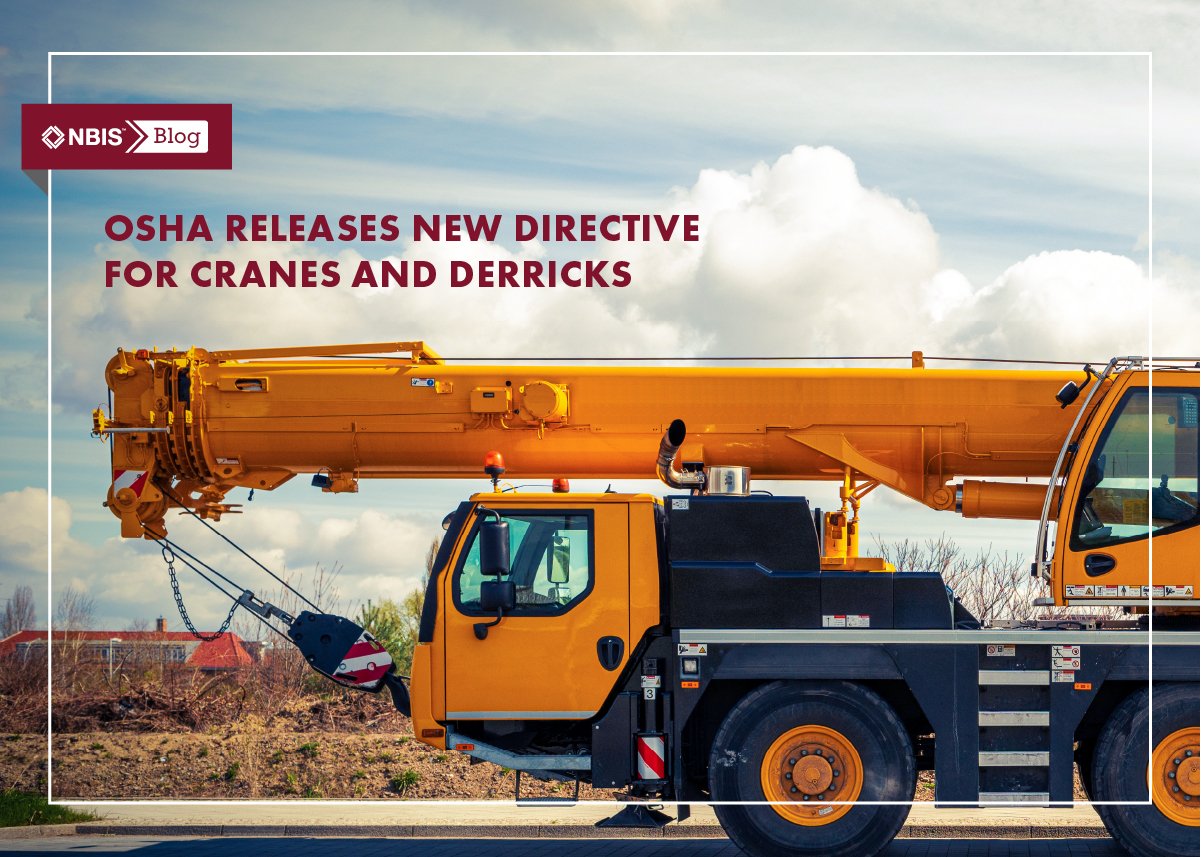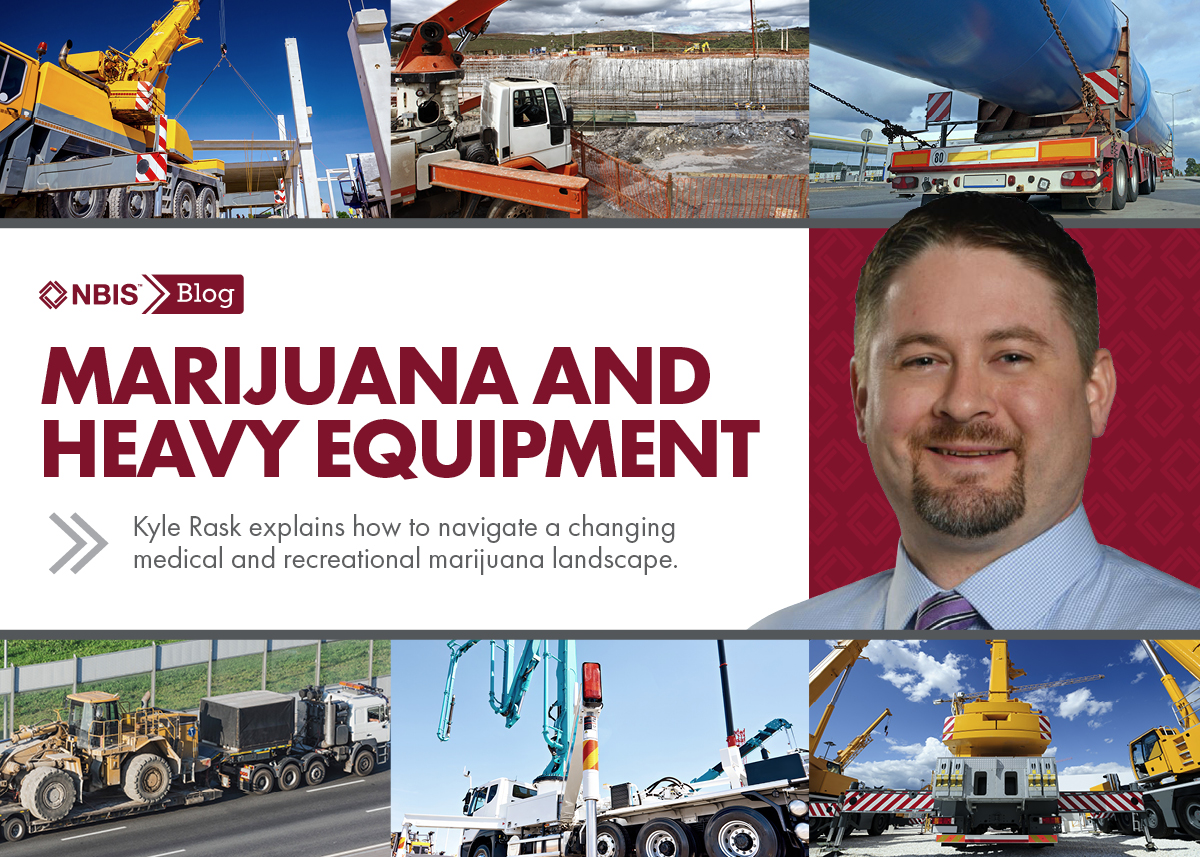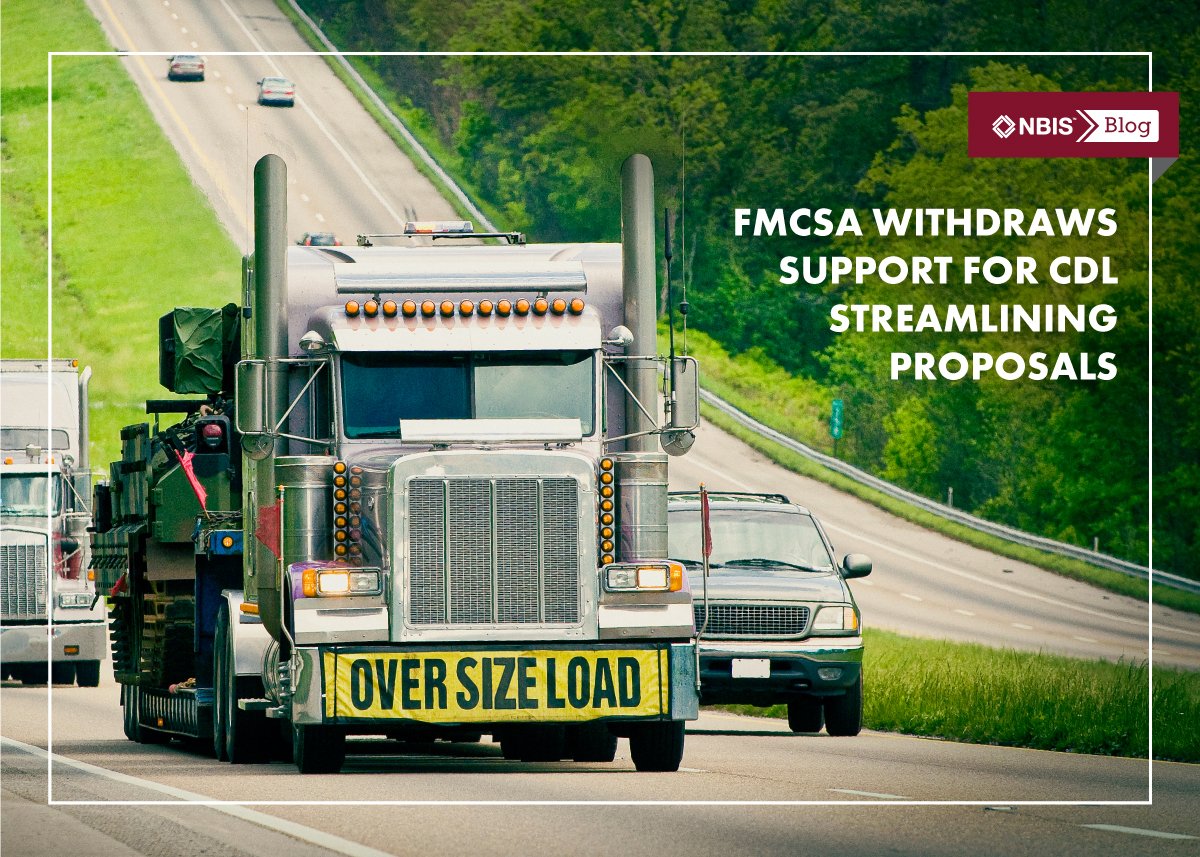The Occupational Safety and Health Organization (OSHA) has released a new compliance directive for cranes and derricks. This directive, CPL 02-01-063, replaces a directive from 2014, CPL 02-01-057.
According to a recent OSHA press release, this new directive will only revise the existing section from CPL 02-01-057 on operator certification. Other sections of the directive remain unchanged.
In a recent presentation held for NCCCO staff, Scott C. Ketcham, Director of OSHA’s Directorate of Construction, stated that the directive addresses the following questions regarding enforcement:
-When to initiate an inspection into an operator’s training, certification, and evaluation
-How to approach an inspection involving multi-purpose equipment and multi-employer worksites
-How to determine whether the operator has received training that meets the requirements of the standard
-What steps to take when inspecting the certification/license of an operator
-How to address certification concerns such as fraudulent certifications or testing organizations not meeting requirements
-When an employer would need to conduct additional evaluations for an operator
Similar to the older directive it is replacing, CPL 02-01-063 contains a 19-point checklist for compliance inspections of a worksites on which a crane is present. This checklist covers topics such as ground conditions, equipment repair and maintenance, working around live power lines, and proper signal practices, to name a few.
Also included in the new directive is a detailed list of what equipment is excluded from Subpart CC, along with helpful flowcharts to help determine whether equipment fits the Subpart criteria.
Staying up to date with the latest OSHA directives is an essential part of protecting your company from unnecessary risk. If your company deals with cranes and derricks on a regular basis, be sure you and your team are aware of and in compliance with this latest directive.







